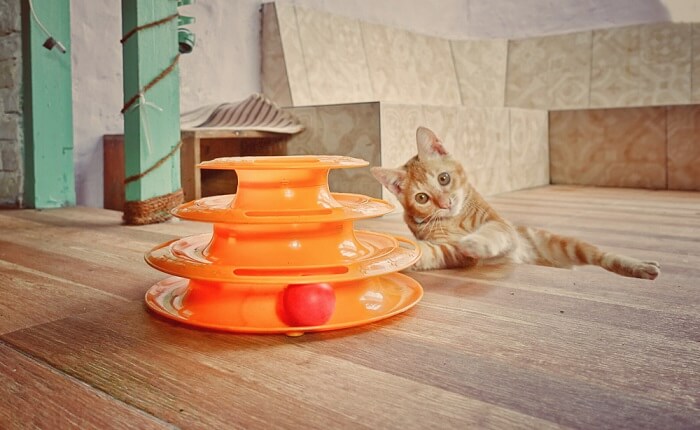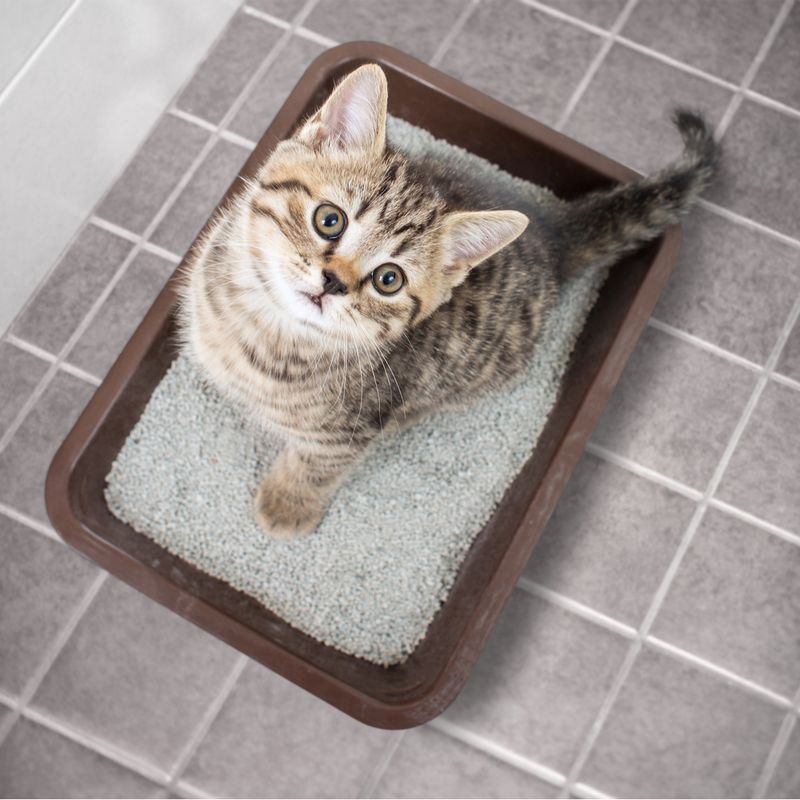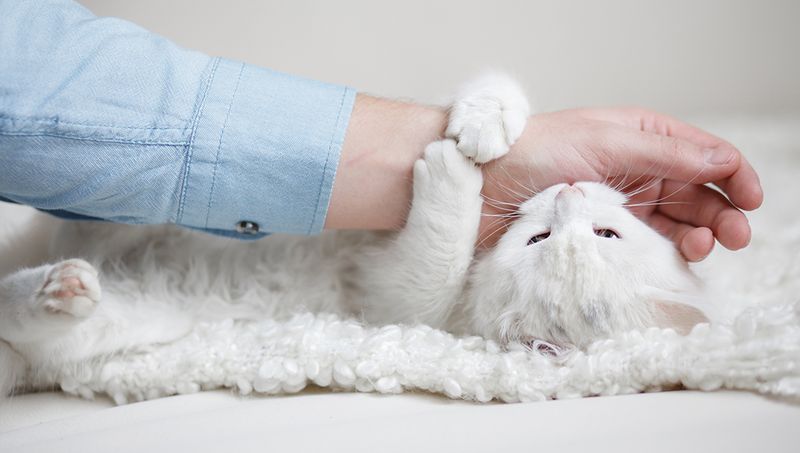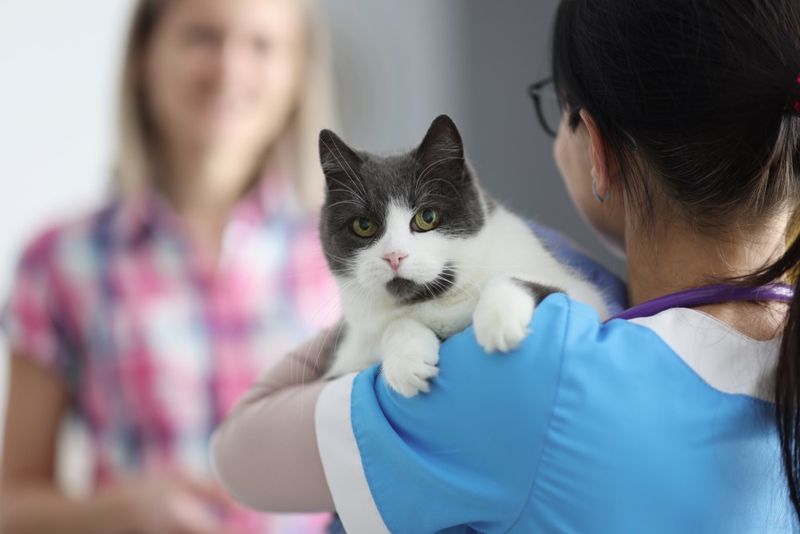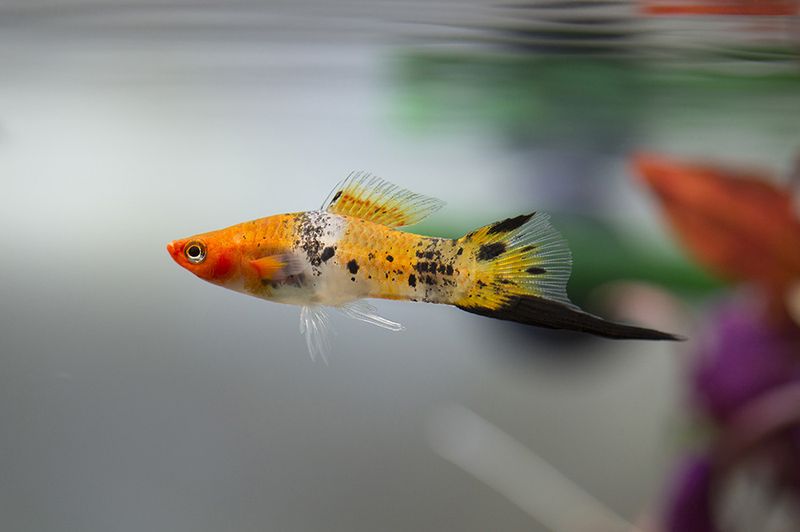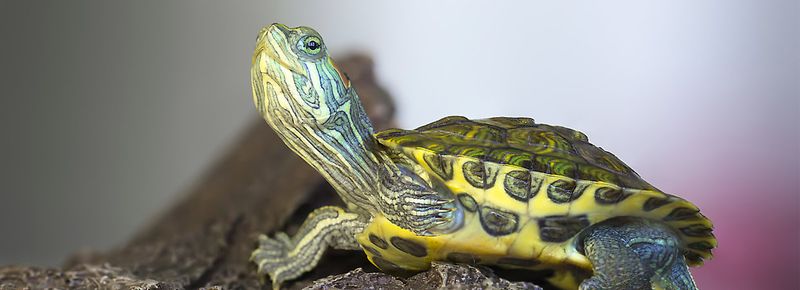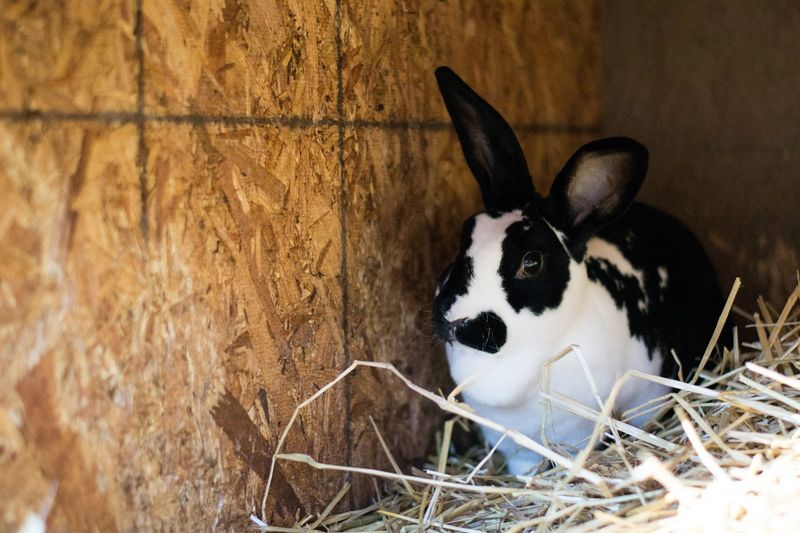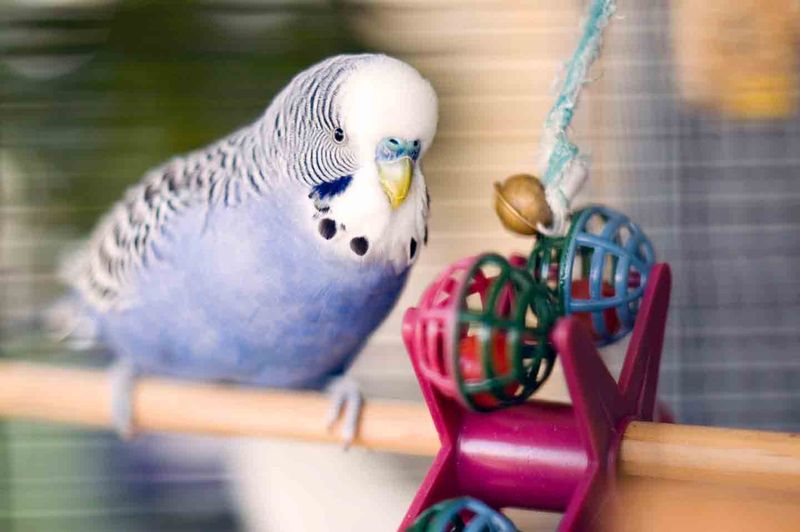📖 Table of Content:
Choosing your first pet is an exciting milestone, but it’s also a decision that comes with a lot of responsibility. Many new pet owners are drawn to cats because of their reputation for independence and low-maintenance care. It’s easy to see the appeal: they’re cute, clever, and don’t need daily walks like dogs. However, the reality of cat ownership can be more complex than expected—especially for someone who’s never had a pet before.
While cats can make wonderful companions, they also come with quirks and challenges that can overwhelm first-time owners. From litter box mishaps to unpredictable behavior, caring for a cat isn’t always as hands-off as it seems. That’s why it’s important to consider whether a feline friend is truly the right fit for your lifestyle and experience level before taking the plunge.
Fortunately, there are plenty of beginner-friendly pets that offer companionship, entertainment, and a gentler learning curve. In this article, we’ll break down five key reasons why cats might not be the best starter pet—and introduce you to five alternative animals that could be a perfect match for first-time owners. Let’s help you find the right pet that fits your life and sets you up for success as a new pet parent.
1. Independent Doesn’t Mean Low-Maintenance
At first glance, cats seem like the perfect low-effort pet—but that impression can be misleading. While they don’t require walks, cats still need daily feeding, clean litter, grooming, playtime, and mental stimulation. New pet owners often assume cats are self-sufficient, which can lead to neglecting important care routines. Some breeds even demand attention and become anxious if ignored. Hairballs, dental care, and weight management are all part of the regular checklist. Their emotional needs are subtle but real, and missing those signs can strain the bond. First-timers may find it hard to read feline cues or know when something’s off. In short, “independent” doesn’t mean “no work.”
2. Litter Box Issues
One of the biggest surprises for new cat owners? Litter box problems. Cats are notoriously picky when it comes to their bathroom habits—wrong litter texture, placement, or cleanliness can cause them to avoid the box entirely. Cleaning it daily isn’t optional if you want to avoid odors and accidents. Medical issues like UTIs or stress can also lead to sudden inappropriate urination. First-time pet owners might not be prepared for the frustration and detective work that comes with this. Even multi-cat households face territorial disputes over litter access. When things go wrong, it’s often not the cat’s fault—but the cleanup still falls on you. It’s a smelly, often misunderstood challenge that catches many by surprise.
3. Unpredictable Behavior
Every cat has a unique personality, and that’s not always a good thing for beginners. Some cats love being held; others act like you’re a threat when you try. Body language can be subtle and easily misread, leading to scratched hands or hissy standoffs. Unlike dogs, cats don’t always forgive quickly or adjust easily to change. A seemingly calm cat may bolt under furniture at loud noises or lash out during grooming. These unpredictable reactions can frustrate or discourage new owners. Understanding feline psychology takes time and patience that not everyone has from the start. For first-timers expecting cuddles on demand, reality may bite—literally.
4. Scratching and Territorial Marking
Those cute little paws? They come with sharp claws and strong territorial instincts. Cats scratch not out of spite but to mark space, stretch muscles, and maintain claw health. Without proper outlets like scratching posts, your couch, carpet, or curtains become fair game. Some also spray or rub to mark territory, especially in multi-pet households. Declawing, once common, is now considered inhumane and banned in many places. Training a cat to redirect scratching behavior requires consistency and patience. First-time owners may underestimate just how destructive an untrained or anxious cat can be. It’s a messy reality many don’t expect until it’s too late.
5. Health and Vet Costs
Cats may appear hardy, but they can quietly suffer from hidden health problems. Unlike dogs, cats often conceal symptoms until a condition is advanced, making early detection difficult. First-time owners may miss these signs or delay vet visits due to cost or uncertainty. Regular checkups, vaccinations, spaying or neutering, and parasite prevention all add up. Dental care, in particular, is often neglected but critically important. Emergency vet bills can be financially overwhelming if you’re unprepared. Pet insurance helps, but it’s not always a go-to option for new owners. What seems like a “low-maintenance” pet can quickly turn into an expensive commitment.
6. Hamsters
For many first-time pet owners, hamsters offer a gentle introduction into the world of animal care. Compact in size and relatively low-cost, these tiny critters are ideal for smaller living spaces like apartments or dorms. Unlike larger pets, hamsters don’t need outdoor time, making them a great fit for busy people or those without access to a yard. What makes them especially appealing is their ability to entertain themselves with tunnels, wheels, and chew toys. However, they are nocturnal, meaning most of their activity happens at night—a fun surprise or a potential disturbance, depending on your schedule. Feeding them is simple: pellets, fresh veggies, and the occasional treat keep them healthy and happy. Regular cleaning of their cage is essential but not too time-consuming. Ultimately, a hamster teaches routine, responsibility, and gentle handling without overwhelming a new owner.
7. Freshwater Fish
Aquatic pets like bettas and guppies create a calm and colorful addition to any room. Unlike furry companions, fish don’t require physical interaction, making them perfect for people who want a pet with minimal daily involvement. Setting up the tank properly is the most important first step—filter, heater (for some species), and decorations provide a healthy environment. Once the tank is cycled, maintenance becomes fairly straightforward, requiring partial water changes and monitoring water quality. Watching fish swim can be surprisingly therapeutic and even meditative after a long day. Overfeeding is a common beginner mistake, so careful portioning is important. With fish, there’s no noise, fur, or walking schedule—just peaceful presence. They’re an excellent choice for beginners who want beauty, calm, and manageable care routines.
8. Turtles
Though slow on land, turtles can quickly capture the interest of curious first-time pet owners. They have fascinating behaviors, including basking under a heat lamp and swimming with grace in their tanks. Unlike more interactive pets, turtles are more observational—you’ll spend more time watching than cuddling. Proper care involves setting up a warm, UVB-lit enclosure, which may require a little research but pays off in the turtle’s long-term health. Many species live for decades, so they’re a long-term commitment that teaches lasting responsibility. Their quiet, calm demeanor makes them suitable for peaceful households. While feeding them a balanced diet of pellets, leafy greens, and the occasional treat, owners also learn the importance of varied nutrition. For anyone seeking a unique, low-noise pet, turtles offer a rewarding and educational experience.
9. Rabbits
Gentle and expressive, rabbits can be an incredibly affectionate first pet when given the right environment. They enjoy interaction and can even recognize their names, forming bonds similar to cats or dogs. Unlike popular belief, they aren’t content in small cages—rabbits need room to hop, explore, and stretch out. With litter box training, they can be quite tidy and fit well into home routines. A rabbit’s diet of hay, fresh greens, and pellets is easy to manage but crucial to their health. They do require some grooming, especially long-haired breeds, but the process becomes a relaxing ritual over time. Their social nature means they thrive with attention, which makes them wonderful companions for engaged owners. For first-timers ready to provide space and affection, rabbits bring both charm and companionship.
10. Budgies (Parakeets)
Bright, vocal, and full of personality, budgies are a lively addition to any household. These small parrots are intelligent and can be taught tricks, words, or even simple routines. They thrive on social interaction and love to be part of the daily buzz, often chirping along with your conversations or music. A clean cage, fresh water, seeds or pellets, and some occasional fruits and veggies keep them healthy. While their care isn’t demanding, they do benefit from toys and occasional time outside the cage (supervised, of course) to stretch their wings. With time and patience, they can become finger-trained and very affectionate. Noise-wise, they’re chatty but not disruptive, striking a good balance for most environments. For someone seeking a fun, feathered friend that adds life and color, budgies are an excellent beginner choice.

